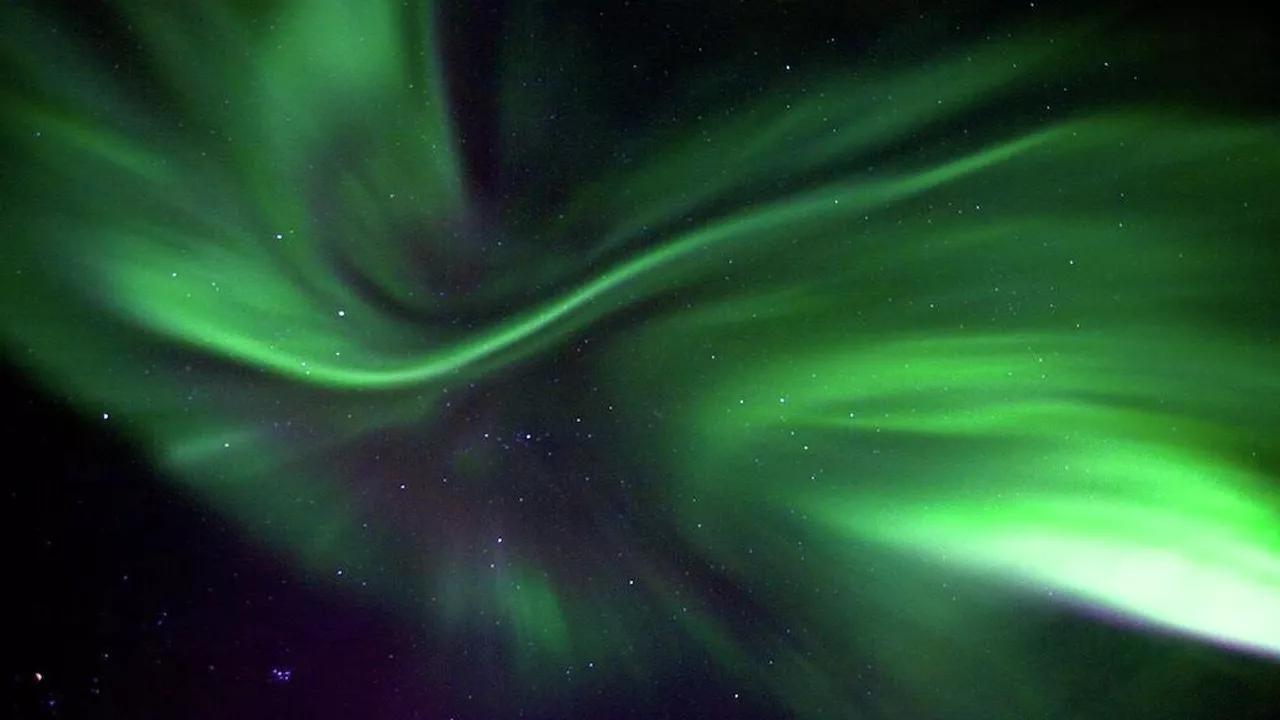Africa-Press – Cape verde. The Aurora Borealis is one of the most beautiful natural phenomena that occurs due to the movement of charged solar wind particles in the magnetic field. This phenomenon is not only common to Earth, but also to Venus, Mars, Uranus and Neptune. And a new study now proves that another planet is experiencing the jaw-dropping natural light display.
Research teams from Boston University, using Keck Observatory’s High-Resolution Echelle Spectrometer (HIRES) as well as high-resolution spectrographs at the Large Binocular Telescope and Apache Point Observatory, have found evidence of auroras on the moons of Jupiter – Io, Ganymede, Callisto and Europa.
Scientists have noted the unusual nature of the formation of some of these Auroras. On three of moons, with the exception of Ganymede, such phenomena are possible due to volcanic emissions from the surface of Io. Once in space, the matter in these ejections reacts with sunlight. The already irradiated emissions then enter the atmospheres of the other satellites, allowing auroras to occur.
However, scientists also point out that because of Jupiter’s strong gravitational field and changing surface temperatures on these moons, auroras can change their brightness.
However, scientists add that the composition of the gases in Jupiter’s atmosphere is also important. It is this factor that allows the red color in the polar lights of Jupiter’s moons to be 15 times brighter than the green.
The orange color of the auroras on Io is due to sodium compounds, while the crimson light, first described in a new paper, comes from potassium. Both articles, “Io’s Optical Aurorae in Jupiter’s Shadow” and “The Optical Aurorae of Europa, Ganymede, and Callisto” were published in The Planetary Science Journal on this week.
For More News And Analysis About Cape verde Follow Africa-Press






